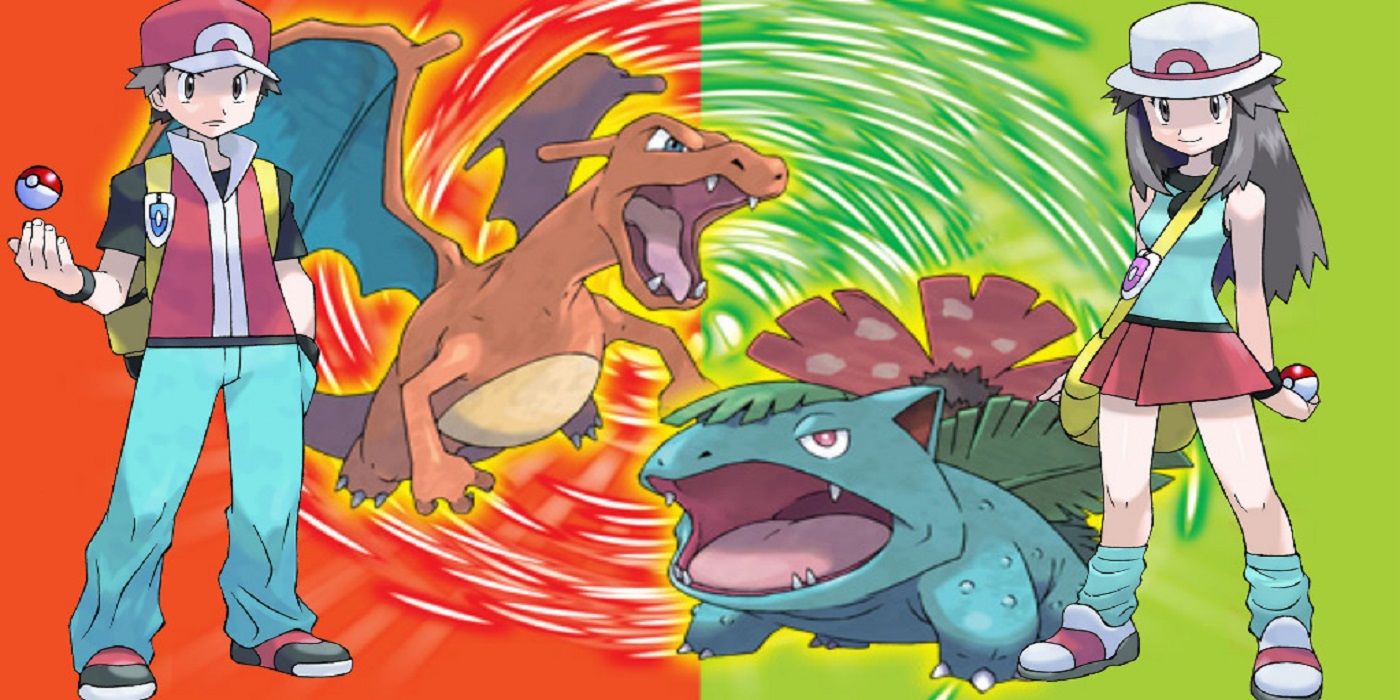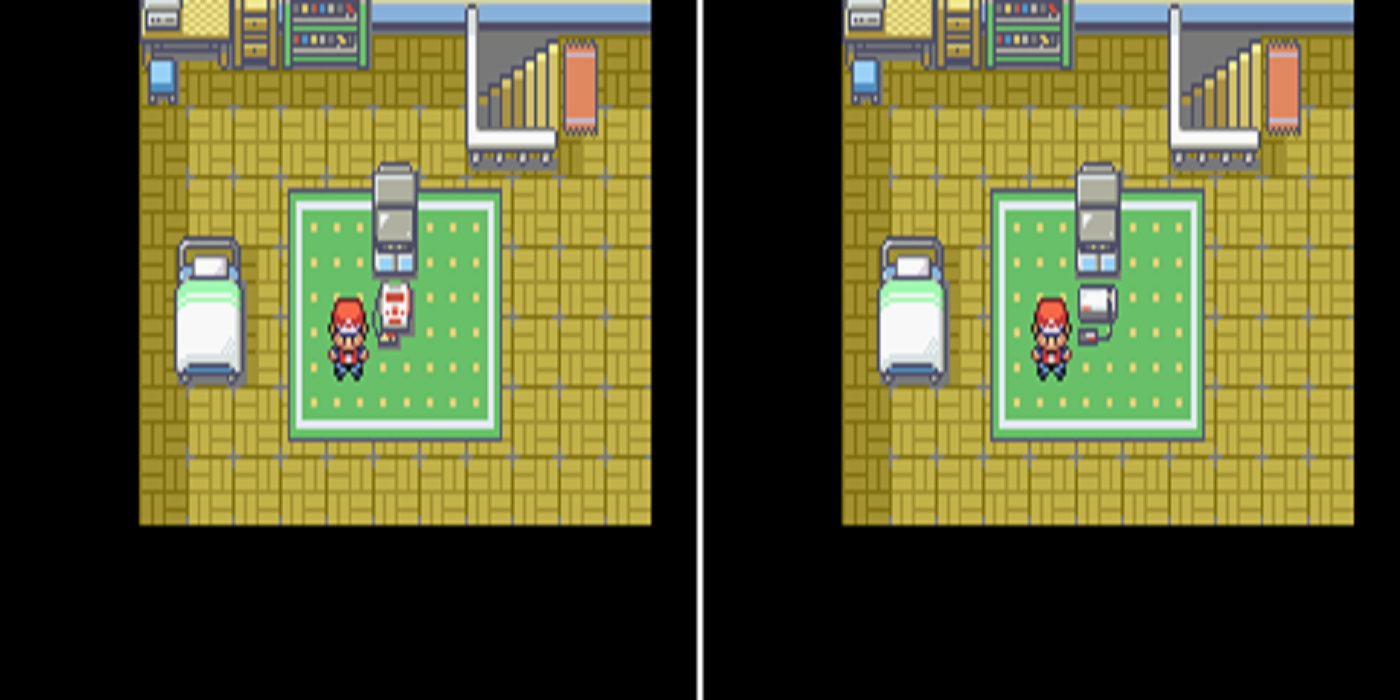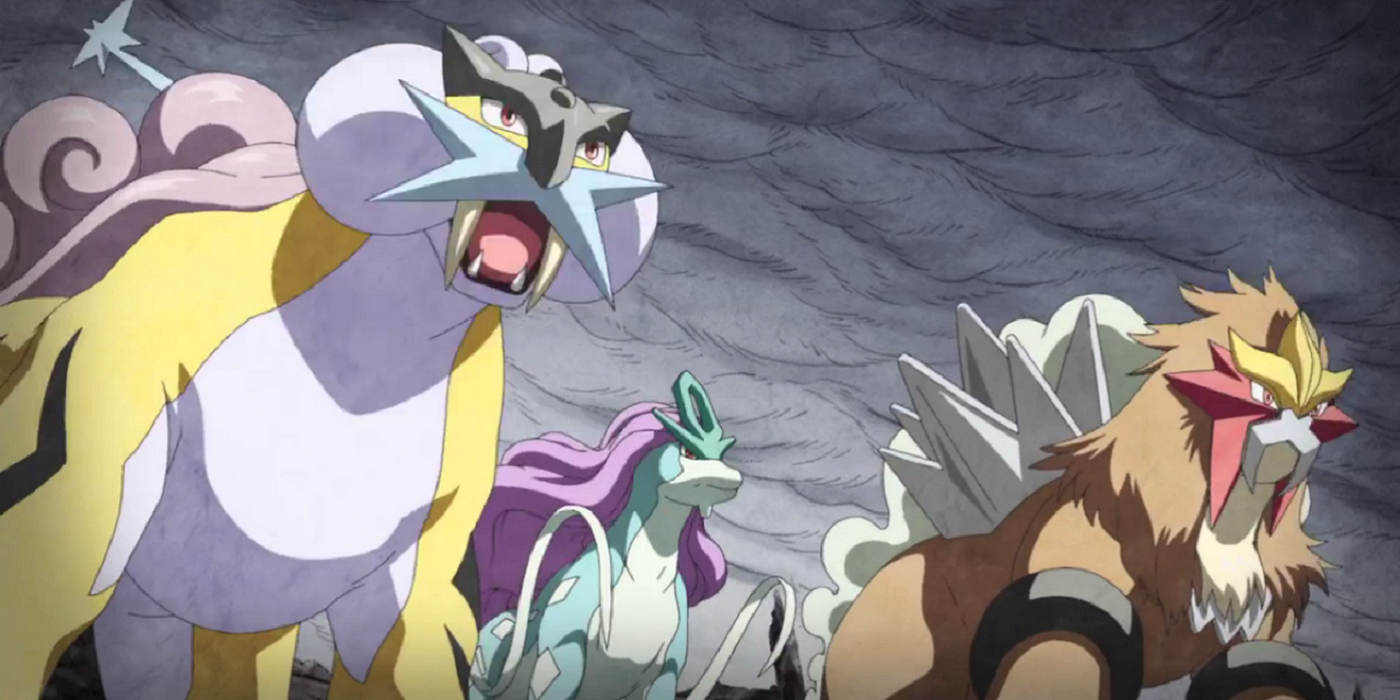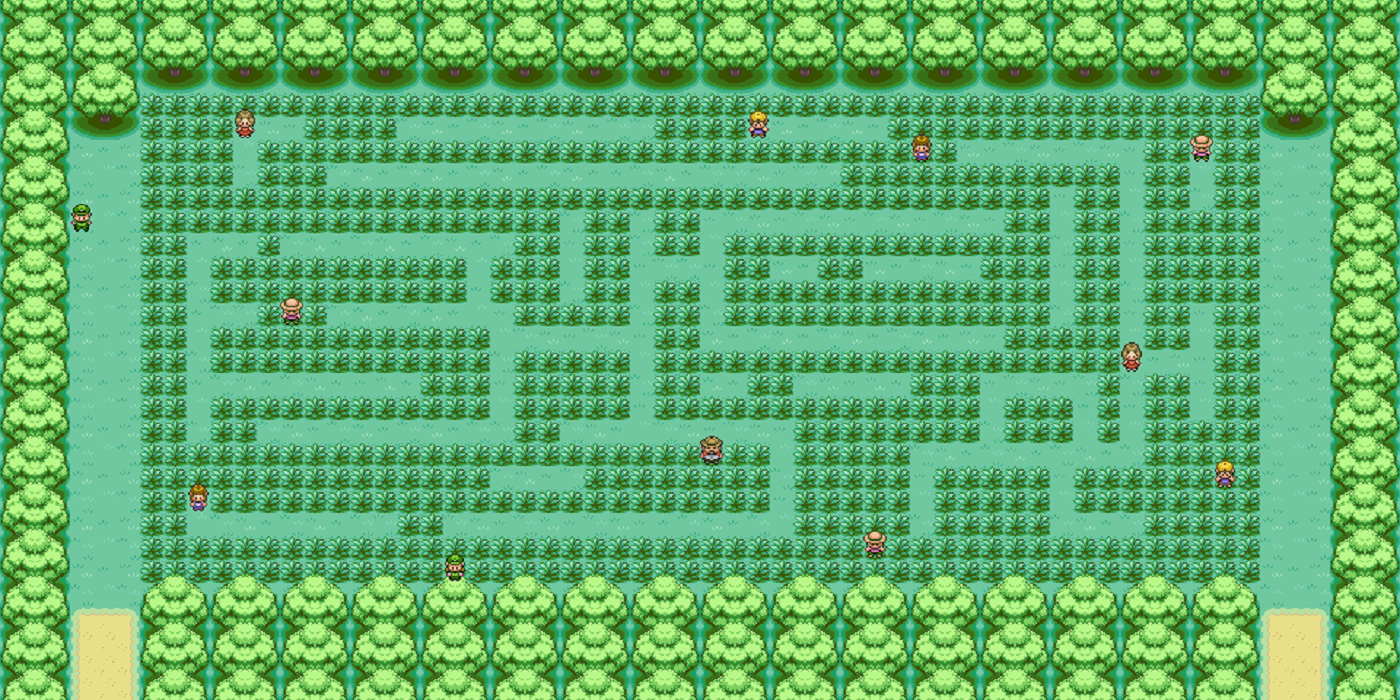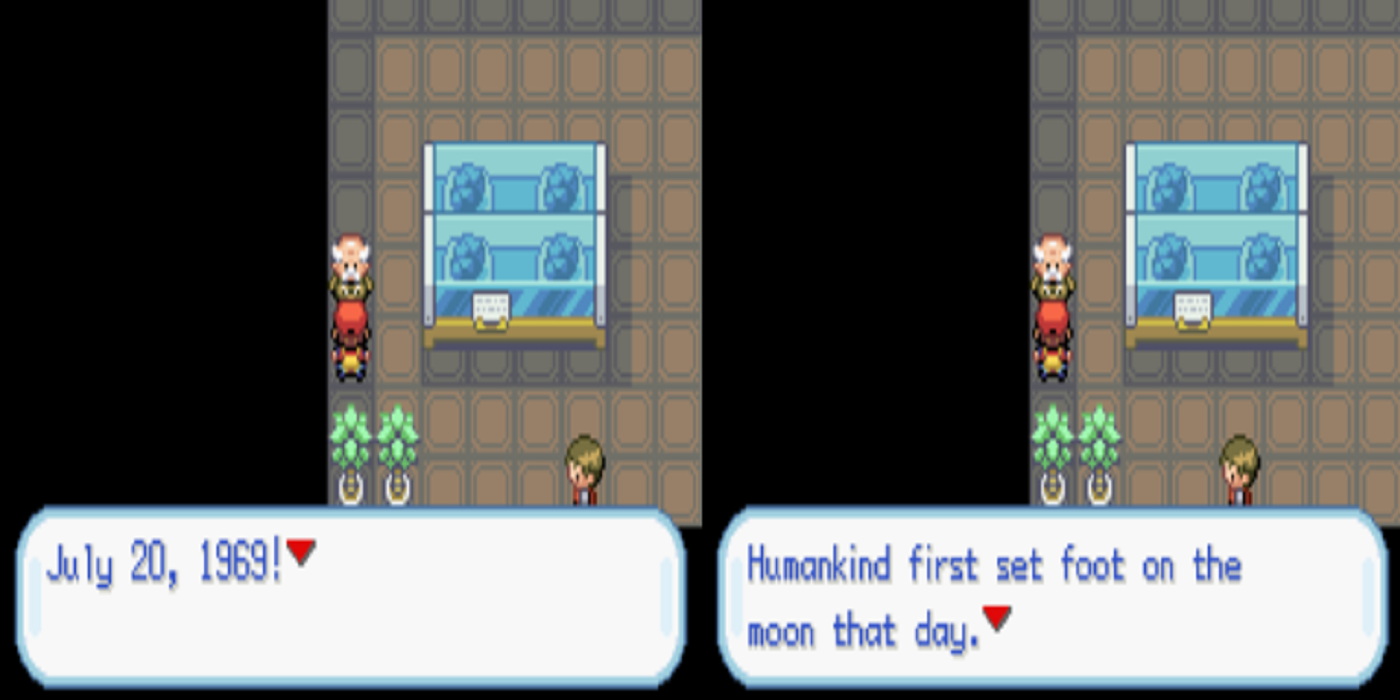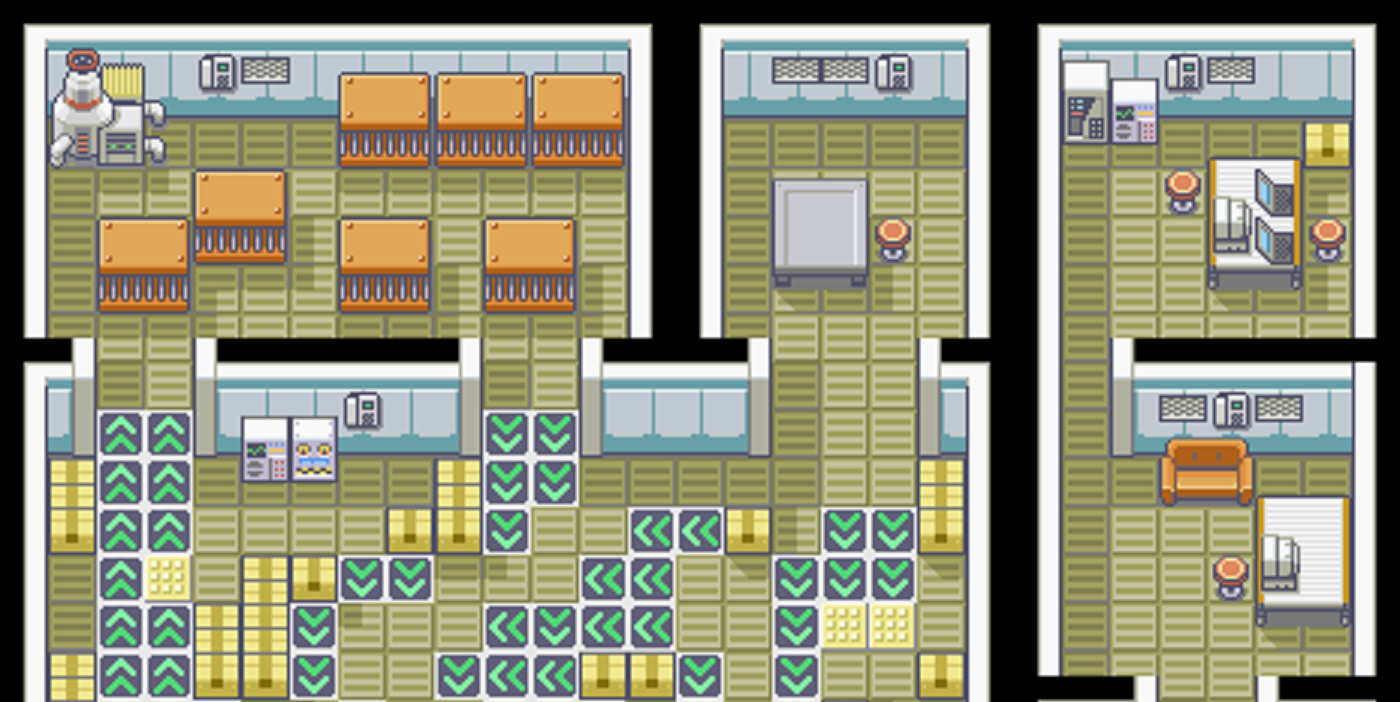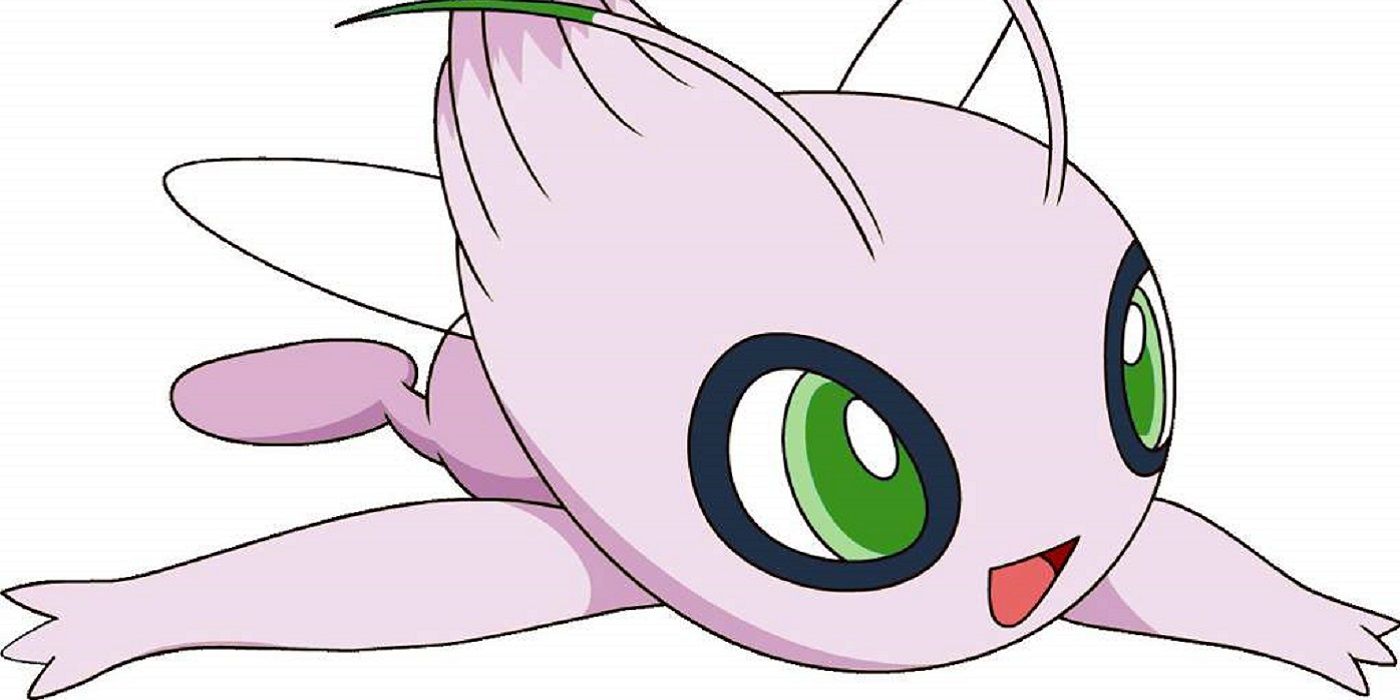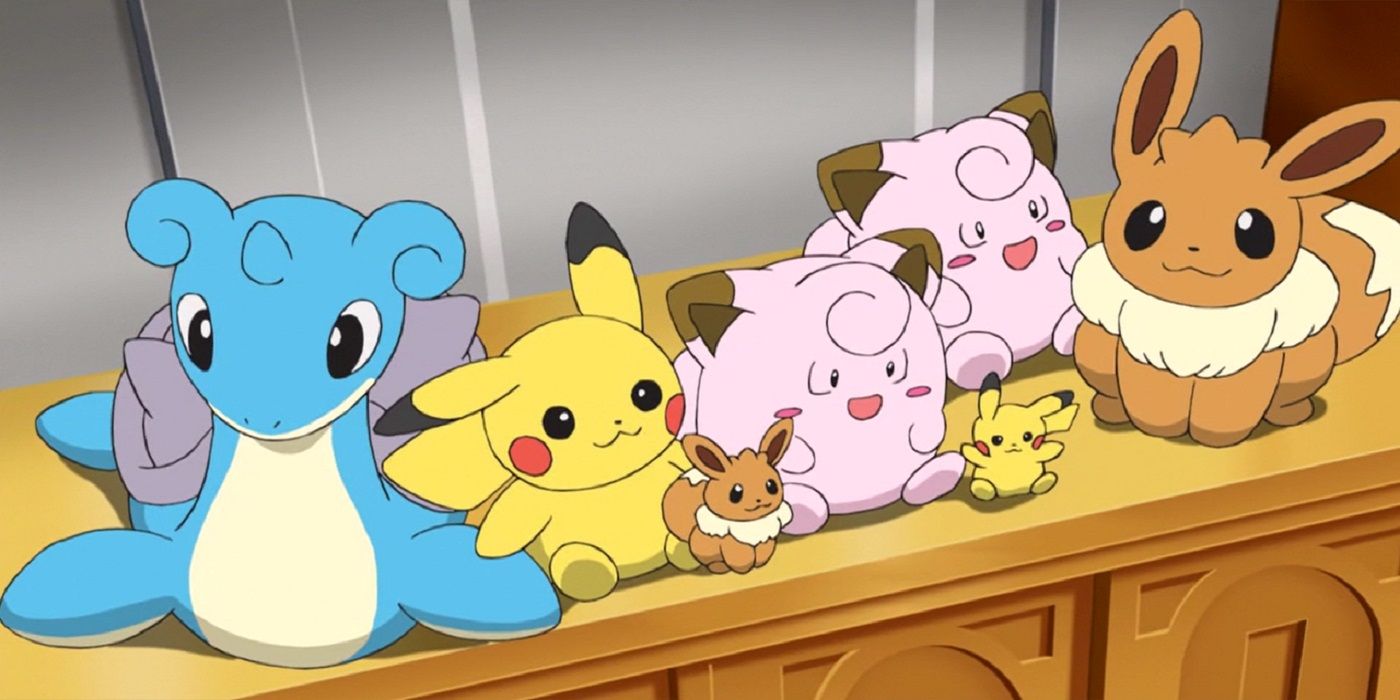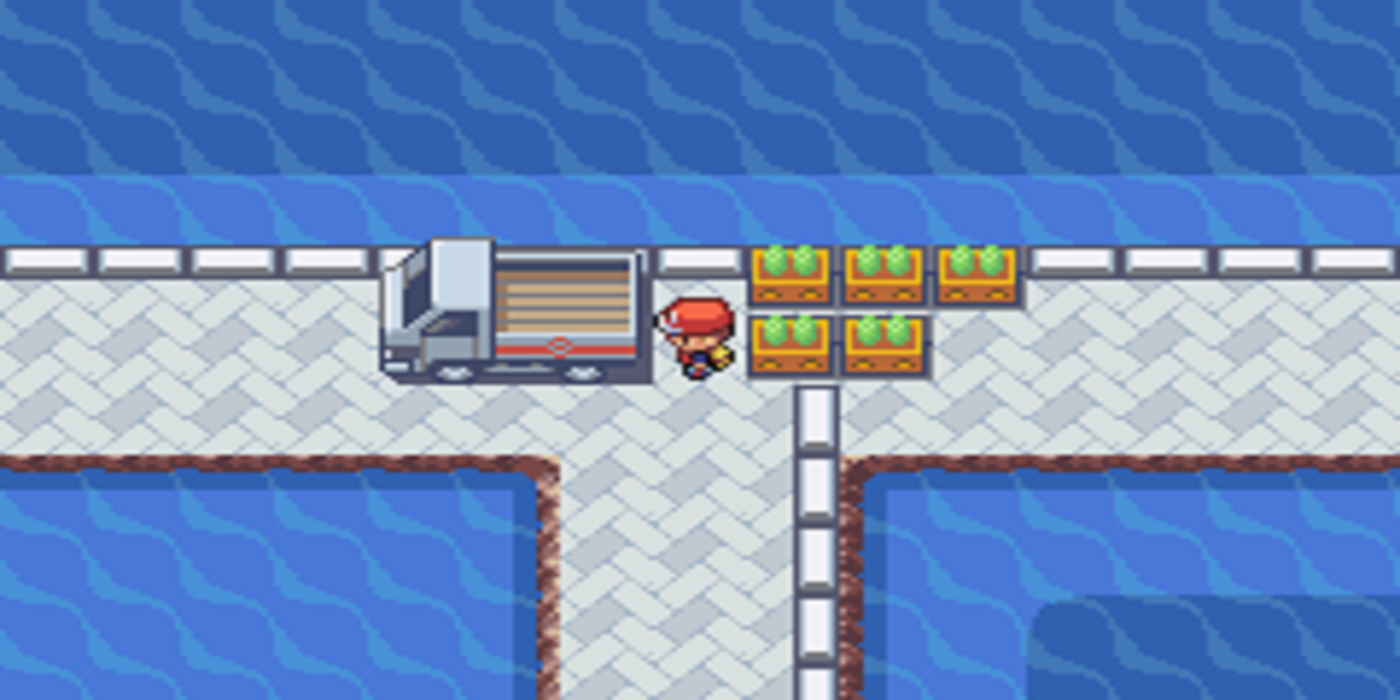Pokémon FireRed & LeafGreen came out over 15 years ago, and the Gen I remakes are still popular entries in the franchise all these years later. At the time of their release, FireRed & LeafGreen either served as an introduction to the series for new fans, or a much needed update of a classic adventure for series veterans.
As the years have gone by, more and more about the games have been uncovered by dedicated fans. There’s a good deal of history behind these titles – and while it all won’t be touched upon here, these are some of the more interesting and obscure facts you might’ve missed. Here are 10 things you never knew about FireRed & LeafGreen.
10 Movie Differences
Starting things off, we look at an Easter egg that pops up right at the beginning of the game. What better way to start off out list? The Easter egg in question actually varies, depending on whether or not the player chose the male or female protagonist at the begging of the game.
In either case, players can observe a film playing on the television in their home. If the player is playing as the male protagonist, the description of the movie is likely a reference to Stand by Me, while the description given when playing as the female protagonist is likely a reference to The Wizard of Oz.
9 Don’t Use Mean Look
Though the chances of this happening are pretty rare, the events in question can really mess up your chances of catching one of the Legendary beasts. After obtaining the National Dex, Entei, Raikou and Suicune will be made available to the player as roaming legendaries. However, there’s a glitch that could ruin players chances of catching one of the three.
During the battle, if you use Mean Look and that’s followed up by one of the three using Roar, the battle will end. Nothing unusual there. But don’t save your game just yet. This actually causes whichever of the three you were fighting to disappear from the map completely – making catching it in that save file impossible.
8 The Pattern Bush
The Sevii Islands were a fun addition to the Gen I remakes, that really added depth to the games and made for some great post-game content. Of all the things you can see and discover there, this is definitely one of the most obscure.
There’s an area north of Six Island called “Pattern Bush”. This is an area that’s exclusive to the remakes, and is said to have been designed to resemble the circuit board of the original Gen I games.
7 Unlimited Nugget Glitch
This is a pretty useful glitch that you can really take advantage of, and something most players probably would have, had they known about it in advance. In order for this glitch to happen, the player has to travel to the bridge on Route 24.
There, they’ll have an encounter with a Rocket Grunt after defeating all five trainers on the bridge. As a reward, the Grunt will give the player a Nugget. Losing the battle however is more beneficial, as you’ll still have the Nugget in your inventory after you respawn. Going back will prompt the same battle and another opportunity to receive the Nugget. You can just loose over and over again for as long as you’d like. It’s a great way to accumulate money at an early stage of the game.
6 Real World History In Pewter City
Players who enjoy seeing the most in every location may have already caught on to this Easter egg. While in Pewter City, the player can head over to the Pewter City Museum. There they can view a space exhibit on the first floor. A nearby NPC will mention July 20th, 1969 and mankind walking on the moon – a reference to the actual moon landing.
5 The Rocket Warehouse Passwords
The Rocket Warehouse is located on Five Island, and needs two passwords to get in. It’s straightforward enough, but if you take a look at both passwords, you’ll notice something interesting about each.
Both passwords, "Goldeen need log" and "Yes, nah, Chansey" are actually Palindromes. You can read them the same way front and back. It’s a small detail but pretty fun to note nonetheless.
4 Shiny Celebi
As is the case in most Pokémon games, every Pokémon is given a Shiny variant. But that doesn’t mean that they’re all obtainable. Take Celebi for instance.
Celebi is given a Shiny variant in the Gen I remakes, same as any other Pokémon. However, Celebi can only be obtained – legitimately, not through the use of hacks – via distributions. That means that the Shiny version wasn’t obtainable by normal means. The same goes for the core Gen III titles as well.
3 Lorelei's Doll Collection
Lorelei is a pretty tough opponent, and was the source of frustration for many young Pokémon fans back in the day. Though she’s tough as nails, her apparent love of Pokémon Dolls is something that doesn’t go unnoticed to the player. Especially not after uncovering this little secret.
Lorelei has a home on Four Island. Inside you can find her collection of Pokémon Dolls. What most players probably didn’t know was that for every 25 times (yes, that many) the player enters the Hall of Fame, Lorelei will add a new doll to her collection. The max number of dolls she’ll add in is 8. That’s 175 Hall of Fame entrances in total.
2 An Old Rumor
Fans of the original Gen I games are probably well versed in the multiple rumors and secrets surrounding the games. The most infamous of them all was the apparent hidden location of the Legendary Mew; an unassuming truck located in the port of the S.S. Anne.
This was of course a bogus rumor, but that didn’t stop GameFreak from putting the truck back in for the remakes. Was it just attention to detail, or a subtle nod at the old rumor?
1 WaterBlue?
One question some fans have always had about the Gen I remakes was why a Blue version remake wasn’t put out. While FireRed& WaterBlue would’ve more closely mirrored the original titles release (at least for Western fans), director Junichi Masuda had a reason for choosing Green instead.
Masuda wanted to use a peaceful icon – something the leaf is said to represent – as opposed to sticking to the original titles’ theme of conflict, in this case fire clashing with water. It’s a nice sentiment, so we’re sure disappointed Blue Version fans have long since let it slide. Though to be honest, fire and foliage don’t tend to mix all that well.

